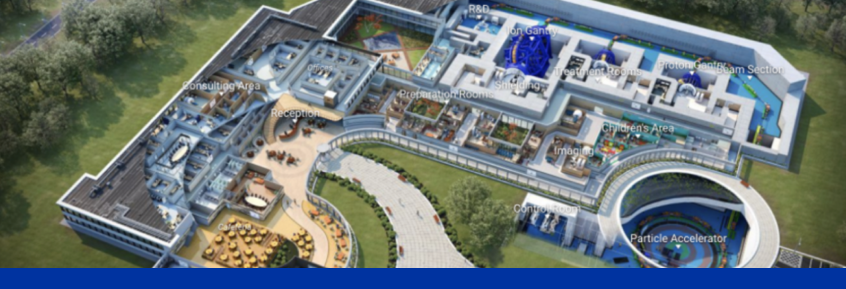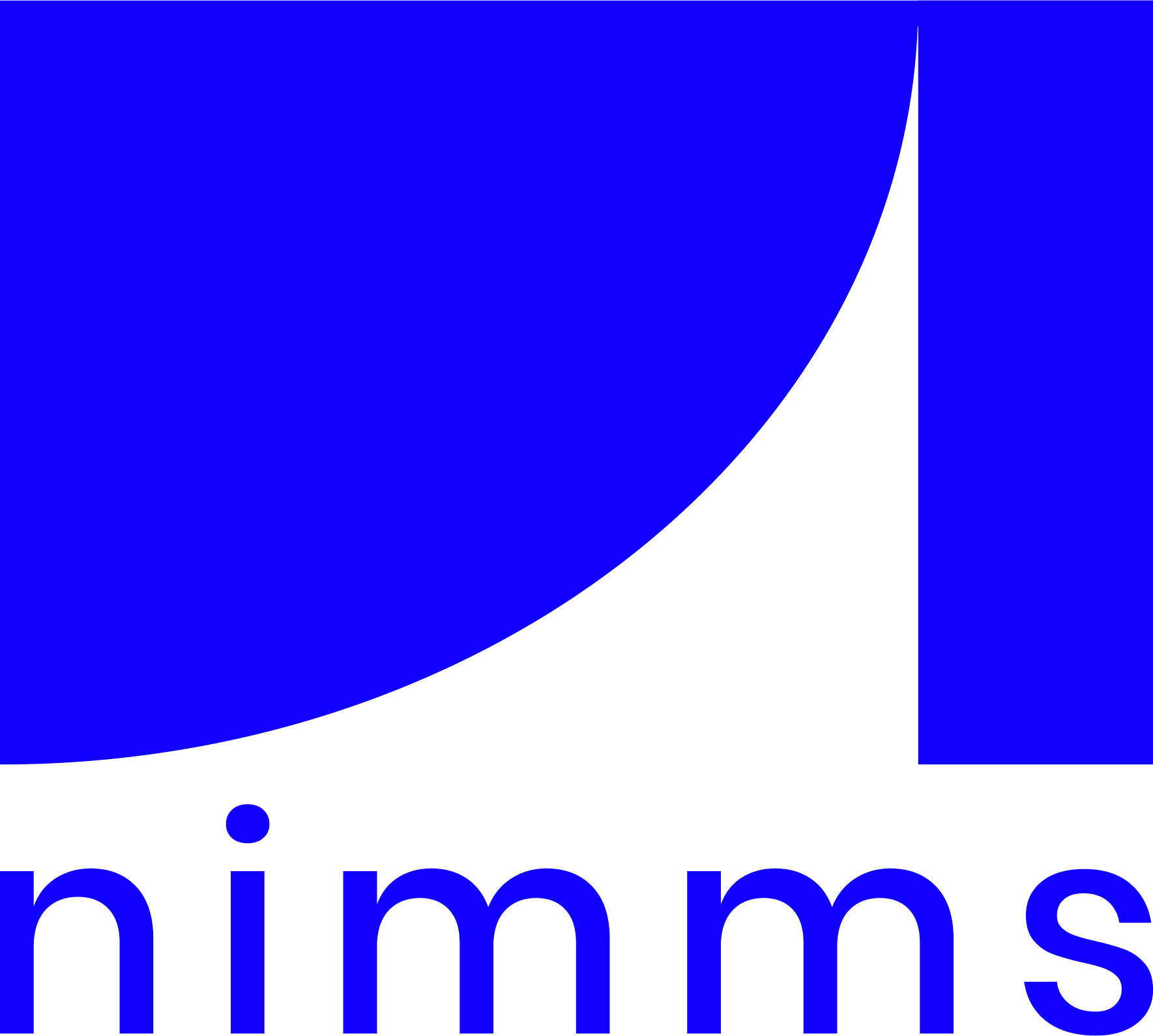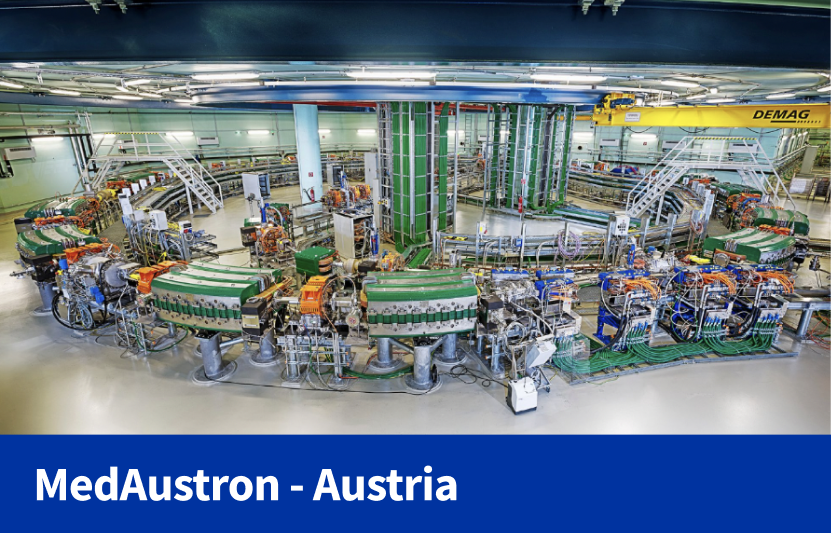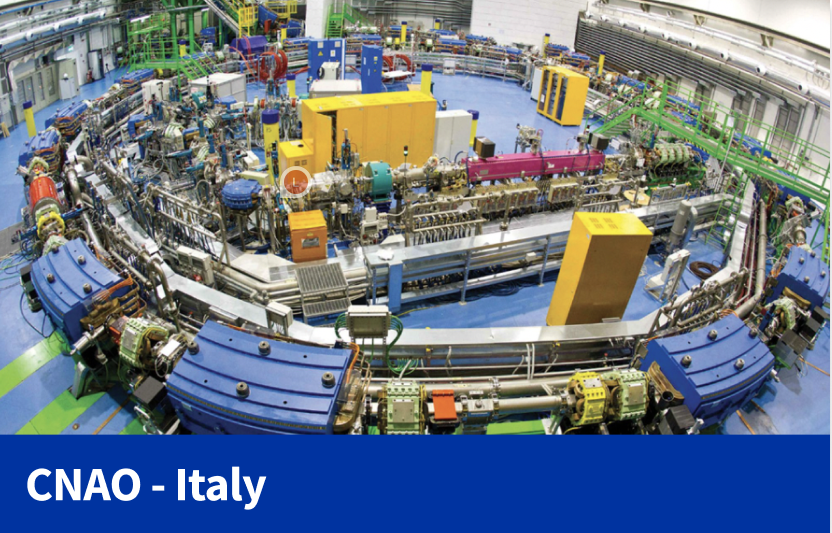|
CERN, European Center of Nuclear Research, has been working on cutting edge accelerator technologies since the late 1950’s. The first Synchrocyclotron was built in 1957. It was followed by the first proton synchrotron is 1959, the first super proton synchrotron in 1976, and eventually the Large Hadron Collider in 2008. |
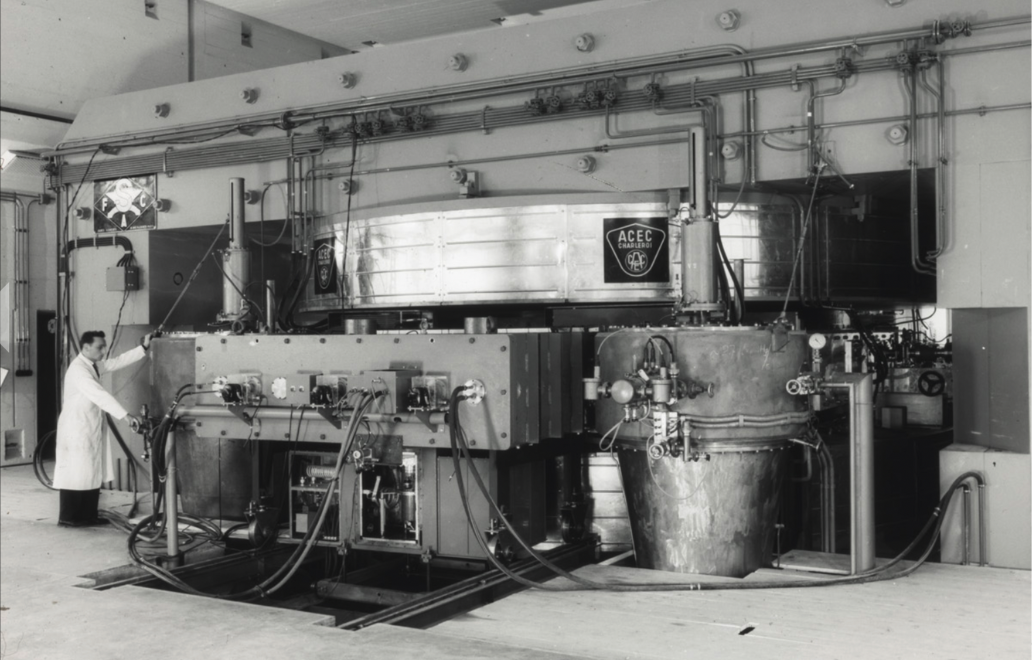 |
|
Throughout its existence, CERN has also been applying its knowledge and expertise, in accelerator technologies, to practical applications, in industries such as medicine.
In 1996 and 2000, from the motivation of Ugo Amaldi, Meinhard Regler and Phil Bryant, CERN launched the Proton-Ion Medical Machine Study (PIMMS). The program optimised the design of synchrotron accelerators used in both heavy ion and proton therapy.
With contributions from the TERA foundation and the Italian Research Organisation (INFN), this program was a pinnacle actor in the design of the proton and ion accelerator at CNAO Hadron Therapy Center in Pavia. This facility further inspired the MedAustron center in Wiener Neustadt, Austria.
|
|
|
Stemming from the innovations in the early 2000’s, CERN launched the Next Ion Medical Machine Study (NIMMS) in 2018. NIMMS aims at creating the next range of cutting-edge technologies in compact and cost-effective ion therapy facilities. Currently there exists only 4 ion therapy facilities in Europe. |
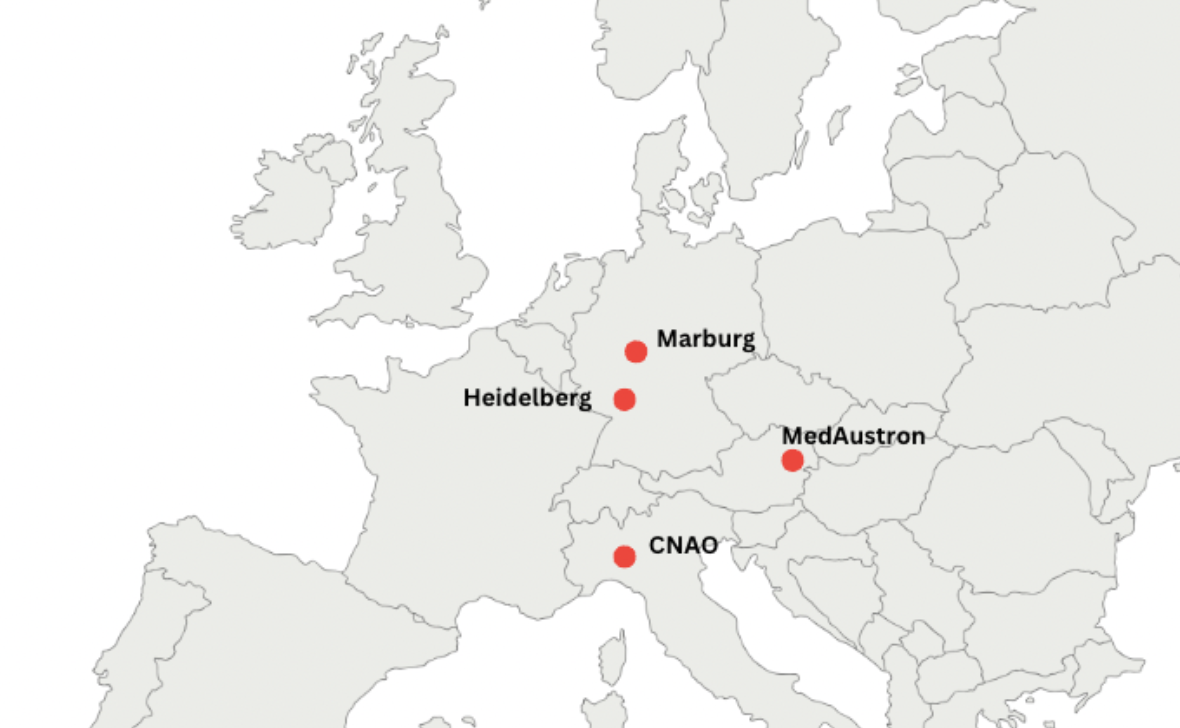 |
|
NIMMS hopes to incentivise the expansion of further facilities in Europe. To do so, the program focuses on the improvement of 4 key aspects of ion therapy centres.
By innovating in all of these aspects, NIMMS aims to design a “tool-box” of low cost and highly effective technologies for the industry.
|
|
